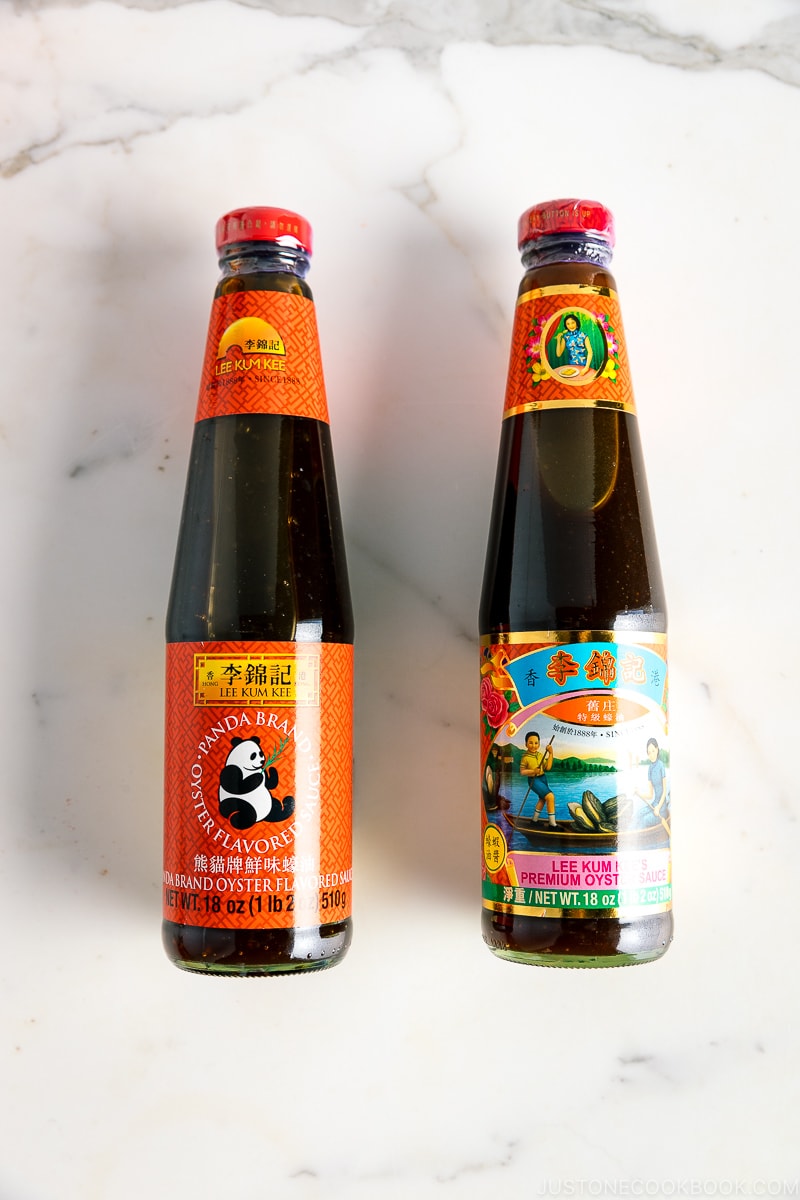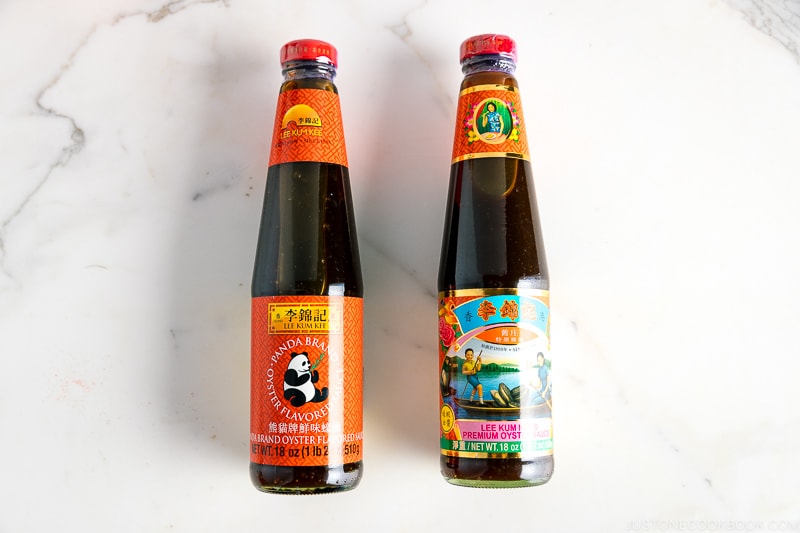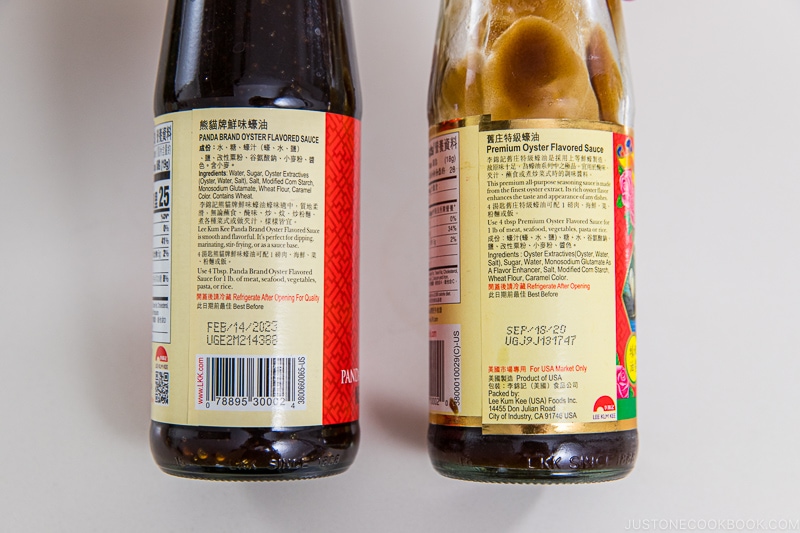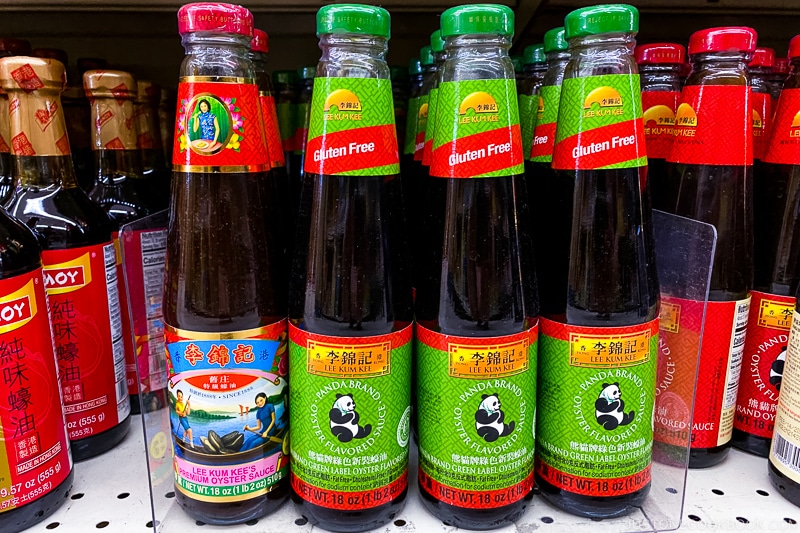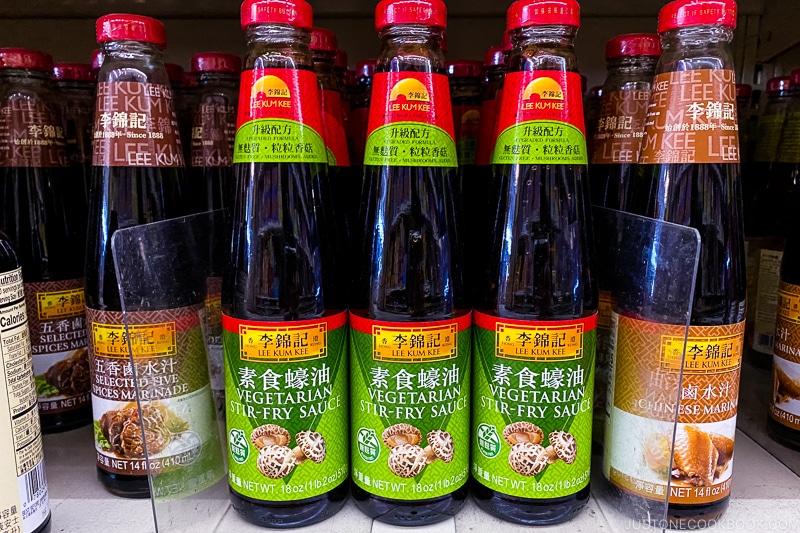Oyster-Flavored Sauce, or Oyster Sauce (オイスターソース), is a rich, concentrated mixture of oyster extract, soy sauce, brine, and assorted seasonings. The dark brown sauce is thick, salty, and umami-rich. It is used sparingly to enhance the flavor of many Chinese and Asian dishes.
What Is Oyster Sauce
Oyster sauce is a savory and flavorful condiment used in Asian cuisine to season stir-fries, marinades, noodle soups, and dipping sauces. Traditionally, it is made by simmering oysters in water to extract their flavors. However, modern production often uses oyster extracts, juice, flavoring, cornstarch, caramel coloring, and other ingredients to create a thick and glossy sauce. While it’s a great flavor enhancer, it may not suit those with seafood allergies or dietary restrictions. Check the ingredient list if you have specific dietary concerns.
What Does It Taste Like
It has a rich, savory, slightly sweet flavor with a pronounced umami taste.
Varieties of Oyster Sauce
Premium Oyster Sauce vs. Oyster Sauce
The international brand Lee Kum Kee offers two types: Lee Kum Kee’s Premium Oyster Sauce and Panda Brand Oyster Flavored Sauce. The premium version has an oyster-forward flavor than Panda Brand.
Premium Oyster Flavored Sauce: Oyster extracts, sugar, water… Panda Brand Oyster Flavored Sauce: Water, sugar, oyster extracts…
“Vegetarian” Oyster Sauce/Stir-Fry Sauce
You can also find Lee Kum Kee vegetarian stir-fry sauce as a vegetarian/vegan substitute. It still has that thick and umami-rich flavor.
How To Use
Use the versatile sauce in cooking and as a finishing sauce. The flavor is strong, so a little goes a long way. Pour over steamed vegetables, like Chinese broccoli and sturdy greens, season stir-fried rice and noodles, mix into dipping sauces, or use on its own.
How To Store
Keep opened bottles in the refrigerator. Although it has a long expiration date due to the high sodium content, check for contamination and the expiration date. It’s best to store opened bottles upright to avoid spillage.
Substitution
In a pinch, you can swap it for a mixture of soy sauce and sugar or soy sauce and miso, hoisin sauce (a black soy bean sauce), Kecap Manis (Indonesian sweet soy sauce), fish sauce, or teriyaki sauce. While these substitutions won’t completely replicate the oyster flavor, they may provide a similar salty-umami flavor profile. Wish to learn more about Japanese cooking? Sign up for our free newsletter to receive cooking tips & recipe updates! And stay in touch with me on Facebook, Pinterest, YouTube, and Instagram.
